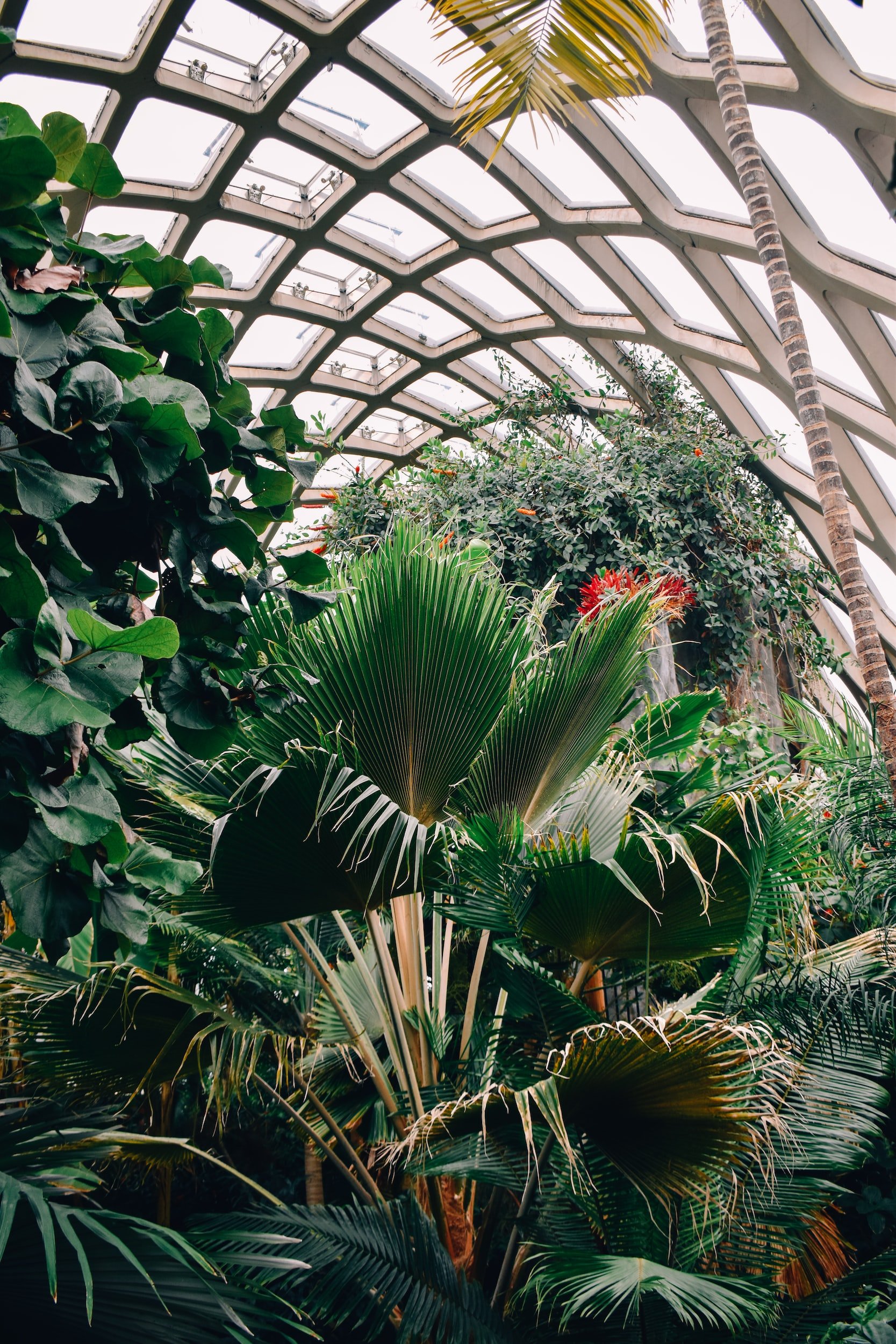The Ultimate Guide to House Swapping: A New Frontier in Travel
/Traveling has always been an exciting way to explore new places, experience different cultures, and create lasting memories. However, traditional accommodations like hotels and vacation rentals can sometimes be expensive or lack the personal touch that many travelers seek. That's where house swapping comes in – a unique and cost-effective way to travel the world while immersing yourself in local communities. In this article, we will delve into the world of house swapping, exploring what it is, how it works, and why it's becoming an increasingly popular choice for adventurous globetrotters.
What is House Swapping?
House swapping, also known as home exchange or home sharing, is a practice where homeowners agree to trade their houses with each other for a specific period. It allows travelers to stay in someone else's home while the homeowner enjoys a temporary stay in their house. This arrangement eliminates accommodation costs, providing an affordable alternative to traditional lodging options.
How Does House Swapping Work?
House swapping has evolved significantly with the advent of technology and online platforms dedicated to facilitating home exchanges. Here's a step-by-step breakdown of how the process typically works:
Research and Choose a Platform: There are several reputable house swapping platforms available, such as Love Home Swap, HomeExchange, and GuestToGuest. These platforms act as intermediaries, connecting homeowners and facilitating the exchange process. Research different platforms and select one that aligns with your preferences and travel needs.
Create a Profile: Once you've chosen a platform, create a detailed profile for your home, including high-quality photos and a description highlighting its unique features. Be honest about your expectations and any rules or restrictions you may have.
Browse Listings: Explore available listings on the platform and filter them based on your desired location, travel dates, and accommodation preferences. Read through descriptions, check photos, and consider factors like amenities, nearby attractions, and public transportation options.
Initiate Contact: When you find a potential match, send a message to the homeowner expressing your interest in a house swap. Be courteous, provide some information about yourself and your travel plans, and ask any relevant questions you may have.
Get to Know Each Other: If the homeowner is interested in your proposal, you'll enter a phase of communication to get to know each other better. Discuss logistics, expectations, and any specific arrangements or concerns you both may have. Building trust is essential in the house swapping community.
Finalize the Swap: Once both parties are comfortable and ready to proceed, you can finalize the exchange by agreeing on dates, terms, and any additional details. It's recommended to have a written agreement or contract in place to ensure clarity and avoid misunderstandings.
Prepare Your Home: Before the swap, make sure your home is clean, organized, and ready for your guests. Provide clear instructions regarding household appliances, security systems, and local attractions or services nearby.
Enjoy Your Trip: Set off on your adventure and enjoy staying in a new place that feels like home! Take care of your temporary home as if it were your own and respect any rules or guidelines established with the homeowner.
Benefits of House Swapping:
Cost Savings: House swapping eliminates accommodation costs, allowing you to allocate your travel budget to other experiences, attractions, or dining options.
Authentic Cultural Immersion: By living in a local neighborhood rather than a touristy area, you can experience the local culture, cuisine, and daily life firsthand, offering a deeper and more authentic travel experience.
Home Comforts: House swapping allows you to enjoy the comforts of a fully equipped home, including a kitchen, living space, and sometimes even a garden or swimming pool, providing a more relaxing and private environment




















![Groundhog_Day_85927[1].jpg](https://images.squarespace-cdn.com/content/v1/5802a7ead1758e435b323757/1612303333289-O6JSY1J4CHUCQD2XXJN5/Groundhog_Day_85927%5B1%5D.jpg)
![Winter_Park_Skier[1].jpg](https://images.squarespace-cdn.com/content/v1/5802a7ead1758e435b323757/1608144104173-8M6PTUQROZDRXX31LIB6/Winter_Park_Skier%5B1%5D.jpg)












